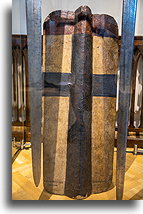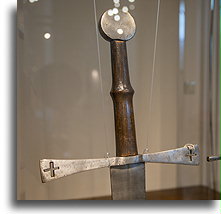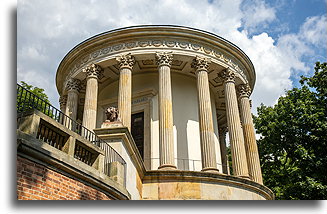The Czartoryski Palace in Puławy shares the fate of many aristocratic residences in Poland. The baroque chateau, erected here in the second half of the 17th century, was looted and completely destroyed during the Swedish Deluge. The new palace was built in the Rococo style with richly decorated interior. The great times did not last long, however. In 1794, the Imperial Russian Army devastated the palace and its surroundings. A reconstruction that followed, converted the palace to a classical appearance. Park in an English garden style with many sculptures and buildings was created. The most interesting is the Temple of the Sybil, where in 1801 the first national museum in Poland was opened. The items collected here were related to Polish kings, leaders and poets.
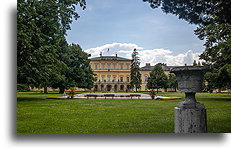
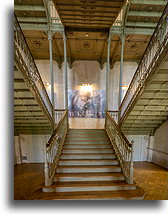
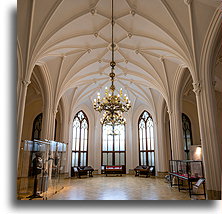
The owner of Puławy, Prince Adam Jerzy Czartoryski, was sentenced in absentia by the Tsar to be beheaded with an axe for his participation in the 1830 November Uprising against Russia. All his possessions in the Russian partition of Poland were confiscated. The palace was looted and much of its furnishings were taken to Russia. Czartoryski managed to take some of the museum exhibits to Paris. Today they are on display at the Czartoryski Museum in Kraków.
